Who doesn't love a tree that bears flowers and fruit? But what if you want fruit trees with specific color blooms, and what if you want those blooms to be white? No worries, we have put together a super list of 15 different fruit trees that each bear white blooms.
Each of these trees is unique, and hopefully, one of them will work for your particular garden or planting situation. We'll talk about what each tree needs for its best chance at survival and show you pictures of what they look like. So, here's the list of 15 white-blooming fruit trees.

1. Beach Plum Trees
The beach plum tree (Prunus maritama) is more of a shrub than a tree. They have a profusion of beautiful flowers that are white, single or double, and bloom in early May. After pollination occurs by bees or wind, the flowers become pinkish in color. They bear plums that are slightly smaller than the typical fruit of larger plum trees but are still delicious.
These trees thrive in USDA Zones 3 through 6. They prefer well-drained soil and love full sun. They begin to bear fruit at three to five years old.
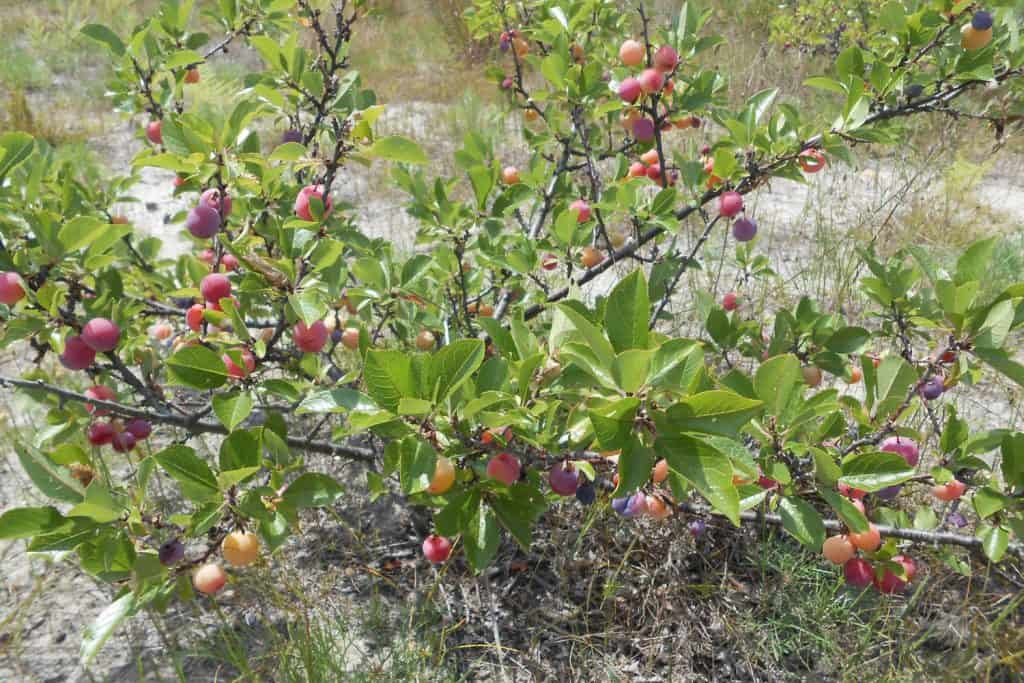
2. Canada Red Chokecherry
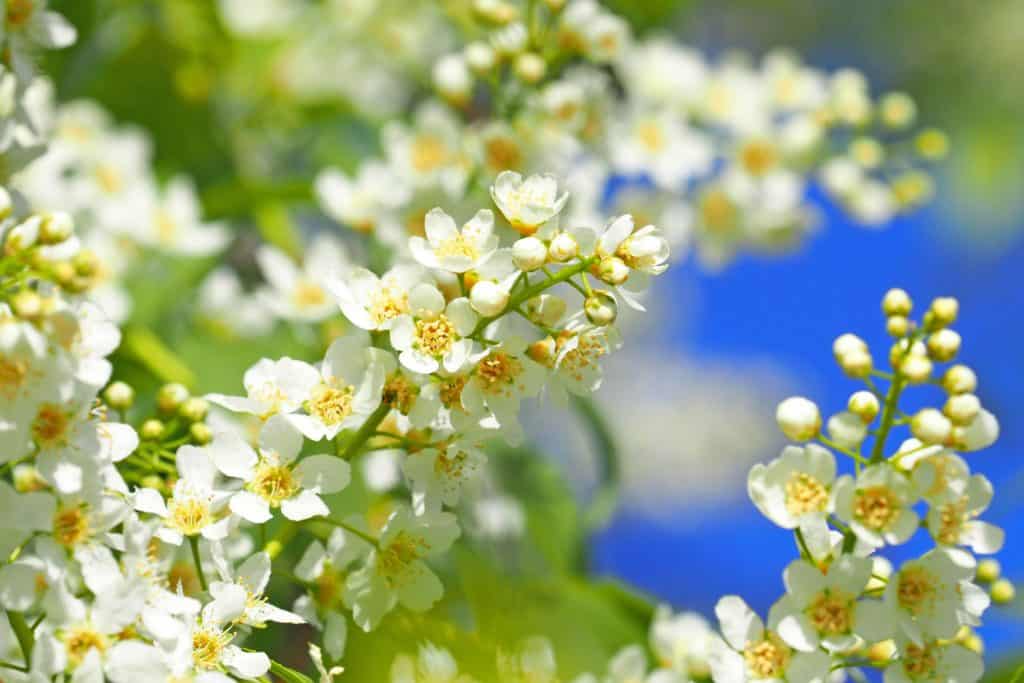
Though the Canada Red Chokecherry (Prunus virginiana) or Schubert doesn't produce fruit that is edible for humans, it will make your birds very happy. And it produces beautiful white blossoms in the spring with lovely yellow centers. In addition to the blooms and small cherries, the leaves come out green in the spring but turn purple over the course of the summer, making for a lovely spot of color in your garden.
This tree likes USDA Zones 2 through 10 and will reach anywhere from 20 to 30 feet tall when grown. It can handle full sun or partial shade.
3. Crabapple Tree
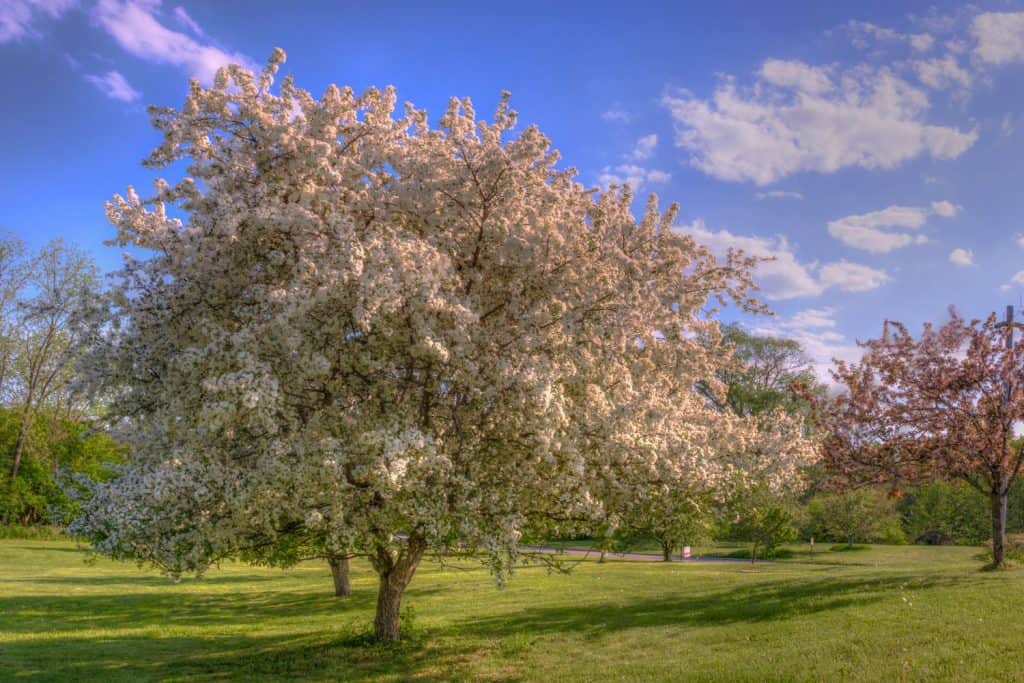
The Lollipop Crabapple Tree (Malus ‘Lolizam’) is a beautiful white-flowering crabapple tree. The blooms appear first in spring, followed by the foliage and small hard apples loved by deer and birds. Though not edible as fruit for people, they can be made into delicious jams and jellies. This tree loves full sun and thrives in USDA Zones 4 through 8. It's a smaller tree, reaching only 8 to 10 feet in height and width.
4. Fuji Apple Tree

The Fuji Apple Tree (Malus pumila 'Fuji') is a type of apple tree that produces delicious edible fruit. Before bearing fruit in the spring, this lovely old apple tree is covered in glittering white blossoms. Apple trees tend to like cooler climates and work in USDA Zones 4 through 9.
It's not drought tolerant and really needs moist, well-drained soil to thrive and produce fruit. Like most other fruit trees, it loves full sun and performs the best when planted in such a spot.
Always check before ordering fruit trees that they can be delivered to your state. There are USDA rules in place that sometimes prohibit the shipping of fruit and fruit trees between certain states. This is often a precaution to stop the spread of invasive pests between regions. Order this Fuji apple tree semi dwarf from Amazon (for certain states only).
5. Native American Plum

The Native American Plum (Prunus Americana) is a deciduous, single trunk tree or multi-stemmed shrub. It is also known as the Native Plum, Hedge Plum, Sloe, or Wild Plum. This variety is usually grown for ornamental value and not for fruit production, although the fruit can be used if you want.
It does well in USDA Zones 4 through 8 and grows between 12 and 20 feet tall. It's a fast-grower that adapts well to a number of soil types and can tolerate both full sun and partial shade.
6. Hosui Asian Pear Tree
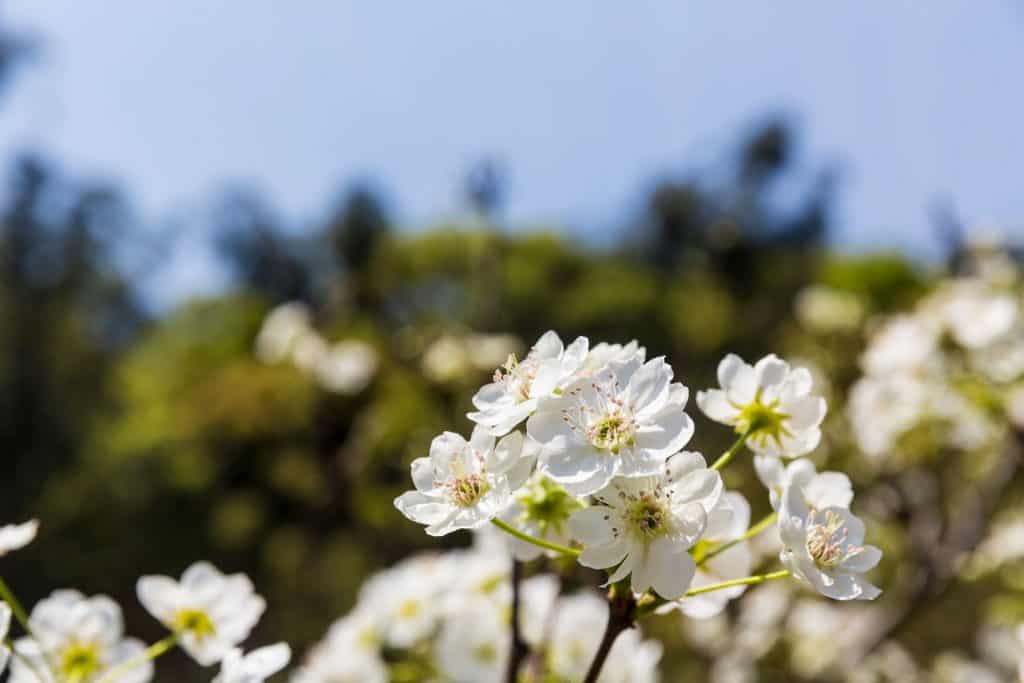
The Hosui Asian Pear tree (Pyrus pyrifolia) is a heavy-bearing, fast-growing tree that produces deliciously sweet Asian pears. This fruit, a cross between an apple and a pear, can appear in the first year of growing. Hosui Pears are cold hardy and will thrive as far north as USDA Zone 5. They also grow all the way down to Zone 9, as they’re heat tolerant and drought-resistant. They like full sun and get 8 to 10 feet tall.
Because these trees are relatively fast-growing, it's possible to start them from seeds. Buy Asian pear tree seeds here on Amazon.
7. Owari Satsuma Mandarin Trees
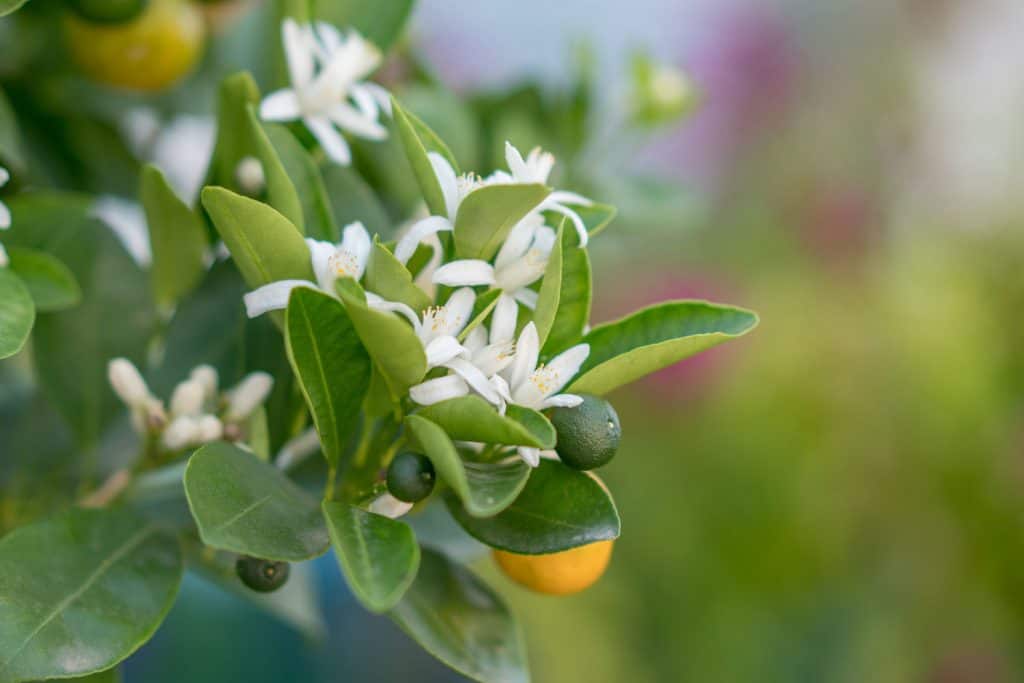
The Owari Satsuma Mandarin Tree (Citrus reticulata 'Owari') is a must-have for any fruit lover. Its seedless, juicy fruit ripens earlier than most mandarins and stays fresh longer. Glossy deep green leaves complement the vivid orange fruit along with the fragrant white flowers that blossom in early spring.
This tree does well in USDA Zones 9 through 11 outdoors but can be container planted and kept in a sunny indoor location for other climates. If indoors, place it in a south-facing window where it gets at least 12 hours of daily sunlight.
8. Clementine Tree
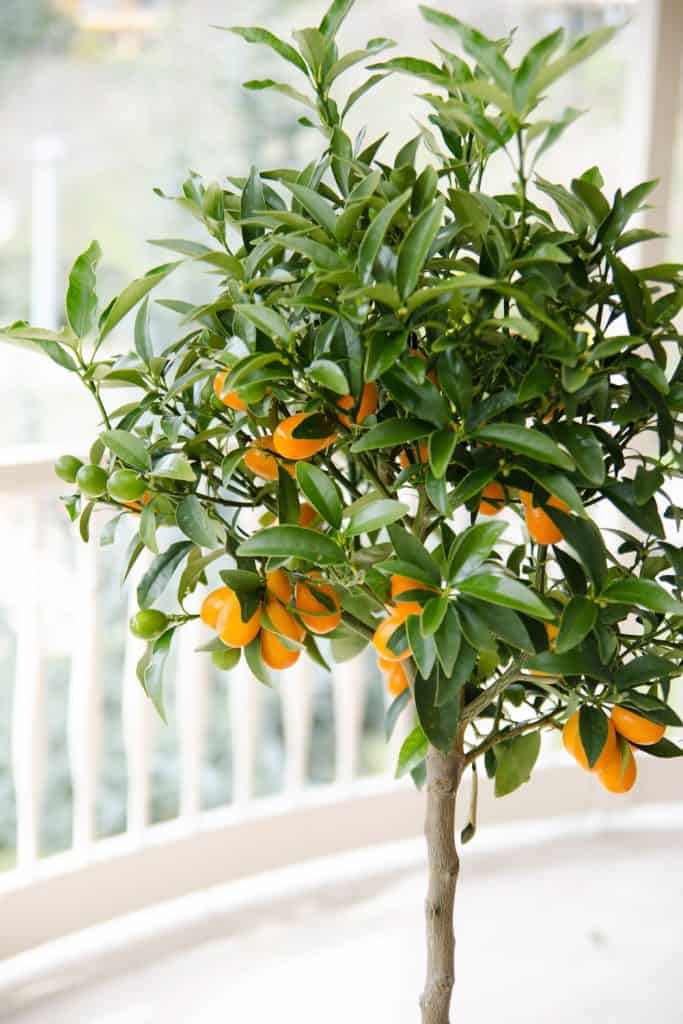
The Clementine Tree (Citrus reticulata) is a small, easy-to-grow citrus that produces sweet, easy-peeling fruit that is juicy and seedless. They can be grown outdoors in USDA Zones 8 through 11 or in a container that is moved indoors for the winters in Zones 4 through 11.
They reach a mature height of between eight to 10 feet and a width of about six feet. These trees can be kept even smaller by pruning. This tree is a moderately fast grower, and its tasty red-orange fruit matures from June through August.
9. Key Lime Tree
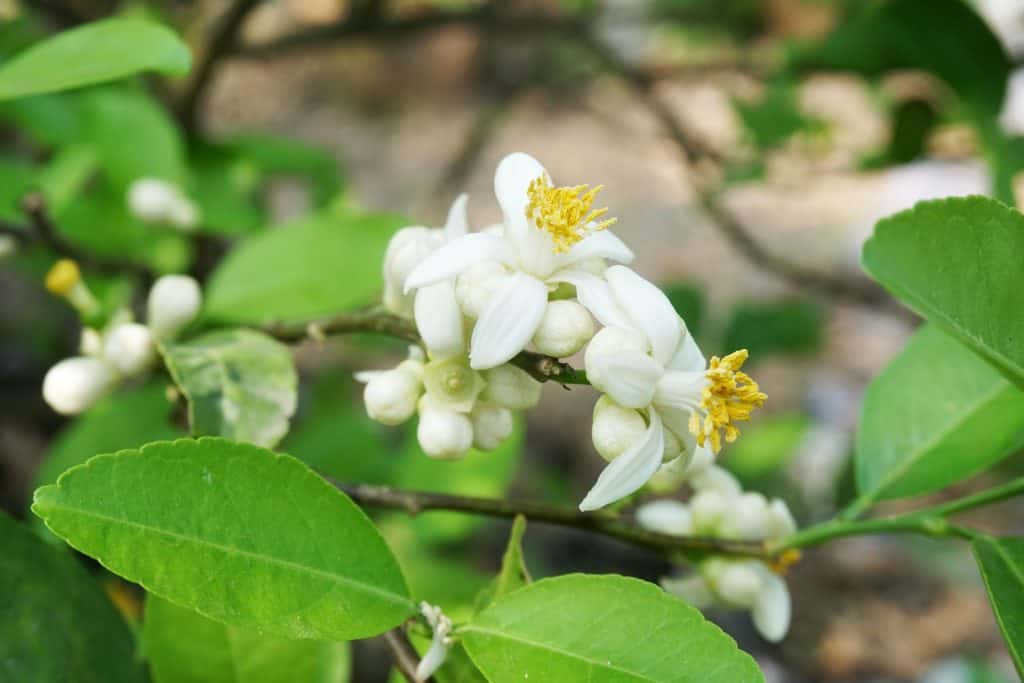
This lovely citrus tree, the Key Lime Tree (Citrus aurantifolia), produces scented blooms that fill your home with a light, sweet scent. The pretty white flowers are followed by petite key limes. This fruit tree grows up to 12 feet tall and eight feet wide in the ground but stays smaller in containers. It can be pruned and easily kept extremely compact and still produce plenty of key limes.
It will tolerate USDA Zones 9 through 10 planted outdoors, and most zones when planted in a container and given plenty of warmth from a south-facing window and sunlight.
10. Persimmon Tree

The Japanese Persimmon tree (Diospyros kaki) is a deciduous tree known for its orange fruits. The blooms are a mixture of green and white and are more subtle than many other blooming fruit trees. This tree will grow in USDA Zones 7 through 10 and reaches heights of 40 feet with spreads of about 25 feet. It likes moist soil and can do well in either full sun or semi-shade.
11. Snow Goose White Cherry Tree
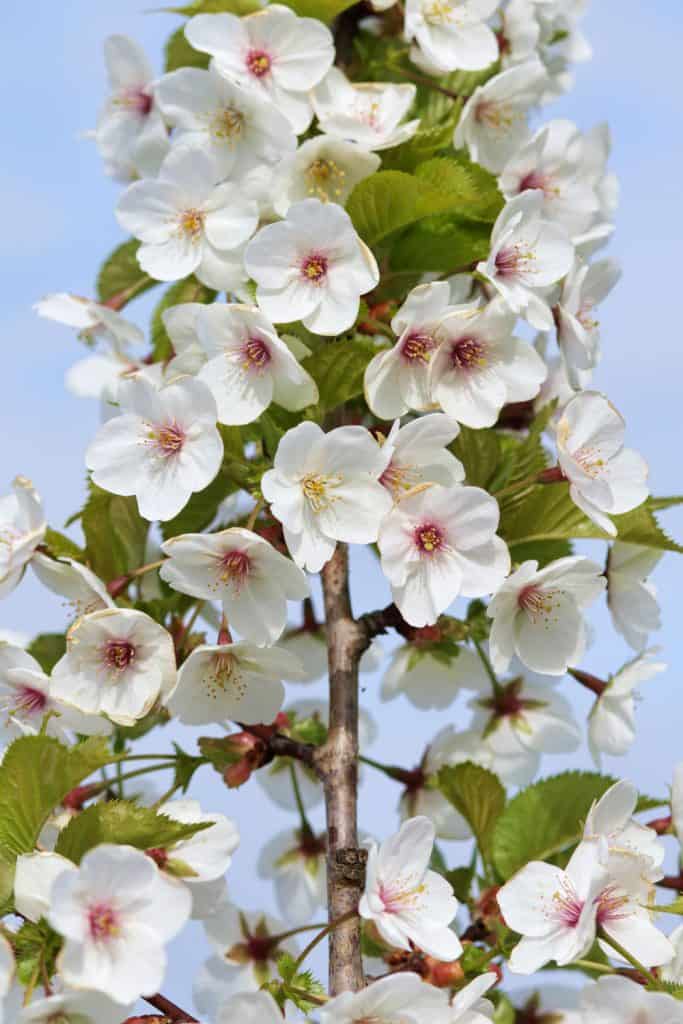
The Snow Goose White Cherry Tree (Prunus serrulata 'Snow Goose') is an ornamental fruit tree that does not produce fruit. It does, however, produce masses of gorgeous white flowers in the early spring and is a show-stopping addition to any garden or yard. The flowering tree can virtually fit in any gardening space due to its oval form and low canopy. Its vase-shaped branches bloom bright green leaves and white flowers with deep pink centers each April. Plant in USDA Zones 5 through 8 in full sun to partial shade.
12. Valencia Orange Tree
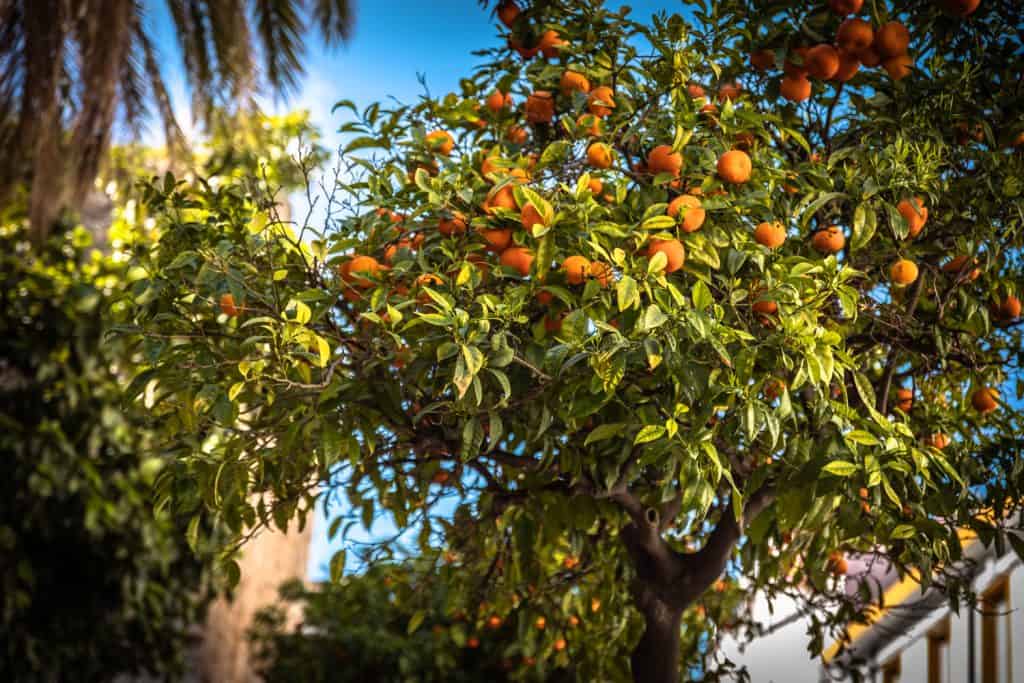
The Valencia Orange Tree (Citrus sinensis 'Valencia') is a full-sized orange tree that bears delicious citrus with a sweet, juicy flavor. Prior to the fruit's appearance, the whole tree blossoms with equally sweet-smelling white flowers in the spring. Grows outdoors in USDA Zones 8 through 11, and in patio containers in Zones 4 through 11. Its pruned mature height reaches about eight feet. Of course, to get that sweet juicy orange fruit, this tree will need to soak up as much sunshine as you can give it.
Order a Valencia orange tree from Amazon.
13. Royal Apricot Tree
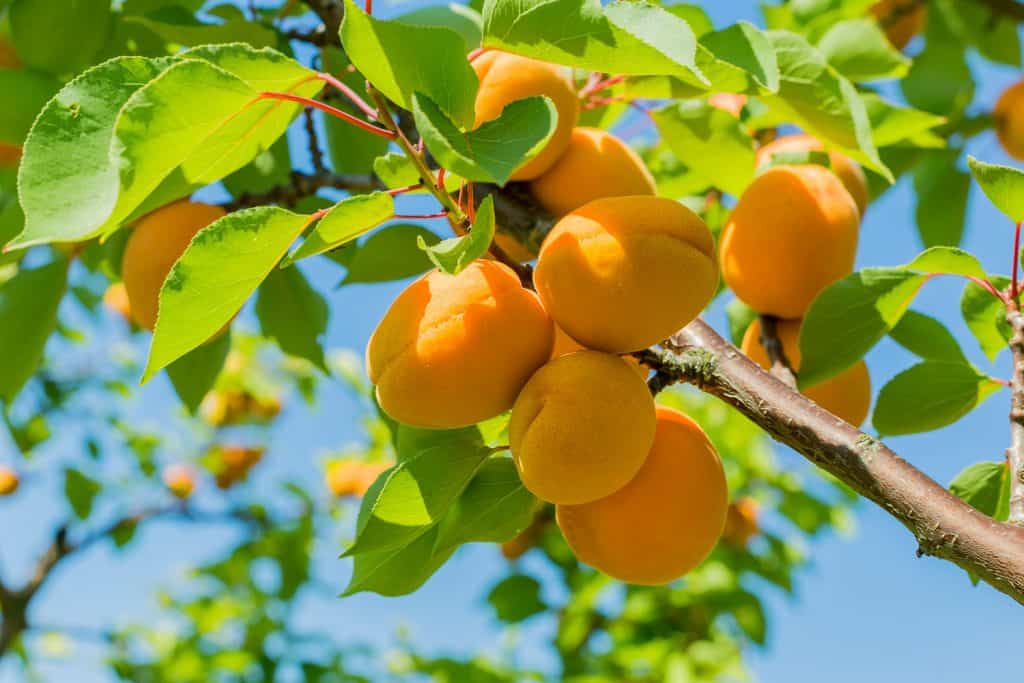
Royal Apricot (Prunus armeniaca 'Blenheim Royal') is a fruit-bearing tree with delicious apricots that ripen in June and July. Before that, the tree will be covered in beautiful white blossoms. This variety will grow up to 18 feet in height, with a 10-foot spread. It's compatible with USDA Zones 7 through 10, has a fairly fast growth rate, and is widely adaptable to soil types. In addition to the flowers and the fruit, it is covered with red berries for added beauty in the fall.
14. Santa Rosa Plum Tree
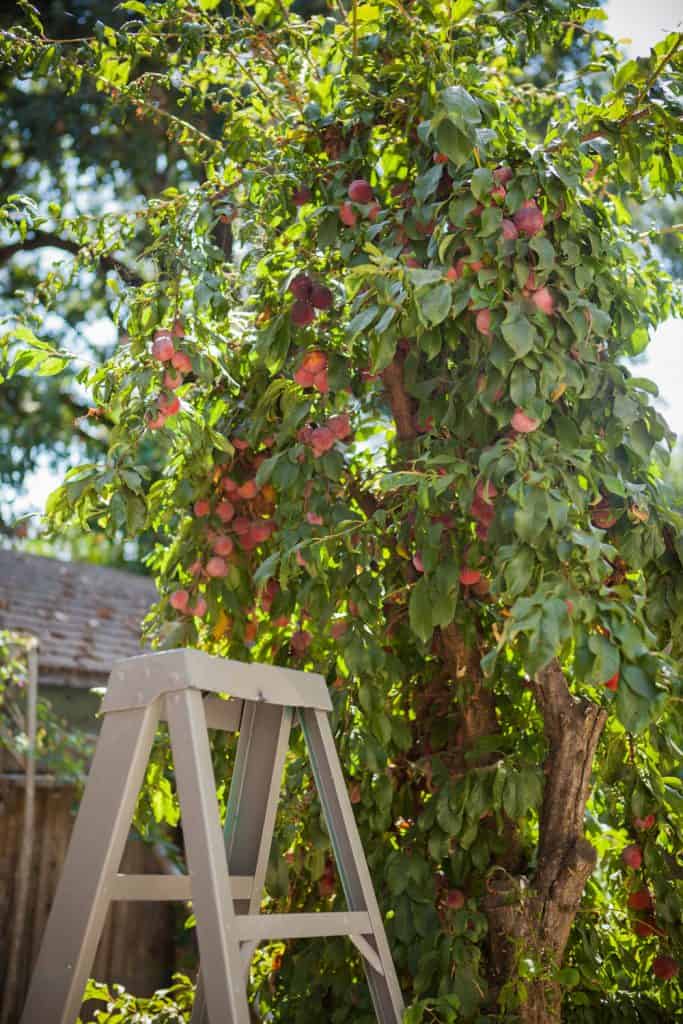
The Santa Rosa Plum Tree (Prunus salicina 'Santa Rosa') is the most popular plum tree for commercial and home fruit production. It's adaptable to most soil types and self-fertile (cross-pollination is not necessary), but if you want to increase fruit production, plant a second plum tree nearby. This hardy tree will do well in USDA Zones 5 through 9 and needs full sunshine to produce fruit. In the spring, it's covered with white blossoms that hold a touch of pink.
15. Black Tartarian Cherry Tree
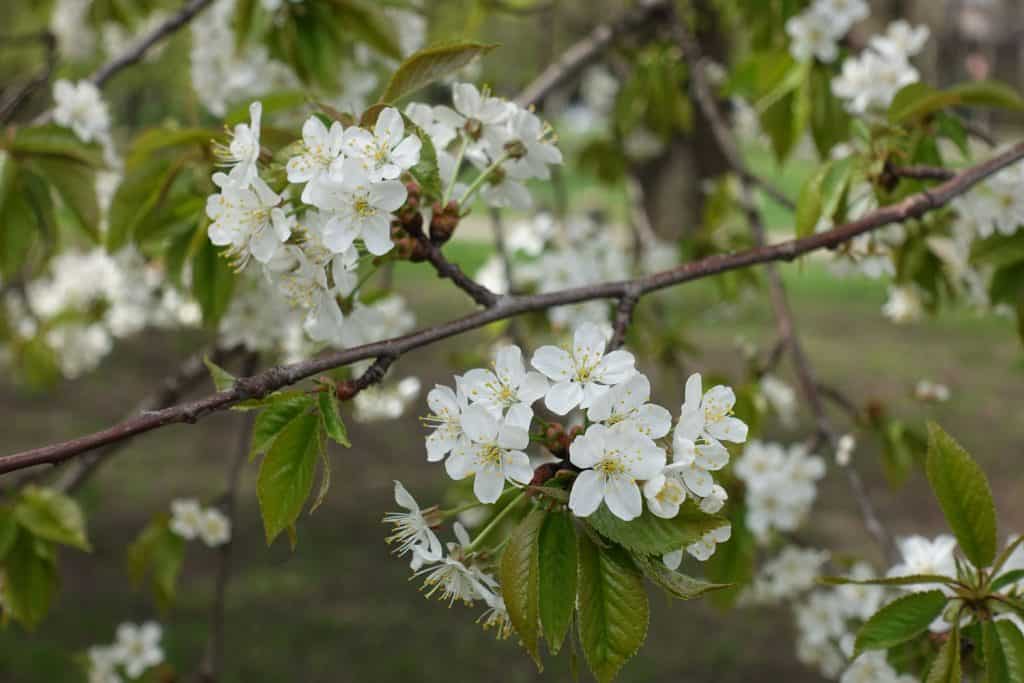
The Black Tartarian Cherry Tree (Prunus avium ‘Black Tartarian’) is a gorgeous eating cherry. Lovely white blossoms precede this rich dark red fruit in the spring. The tree will reach 12 to 30 feet in height and spread once fully mature. It grows well in USDA Zones 5 through 8 and likes moist, well-drained soil and full sun.
15 White Trees For Your Garden
Your location will make a big difference in what you may or may not be able to plant from these choices. But if you want white blooms on fruit trees in your landscape, they are available.
We hope you enjoyed this post here at GardenTabs.com. Please check out a few of our others below:



